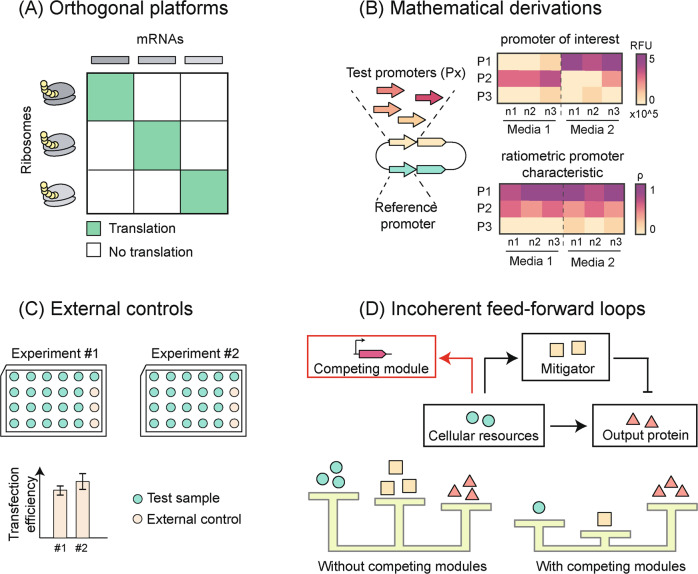Fig. 2. Alternatives to traditional transfection controls.
A Platforms functioning orthogonally to the cell machinery have been developed. These designs are uncoupled to the cell machinery with the double advantage of both stable expression and minimal burden imposed on the engineered cells (adapted from Carlson et al.25). B Advanced mathematical derivations accounting for the global variation in part behaviour due to extrinsic factors allow precise definition of promoter characteristics (adapted from Rudge et al.27). C Resource loading following co-transfection can be avoided by using external reporters to control for inter-experimental variability in transfection efficiency (adapted from Brown et al.31). D Incoherent feed-forward loops (iFFLs), where cellular resources act as the input regulating the expression of both a mitigator and a mitigator-repressed output gene, are an effective way to buffer the output gene expression to fluctuations in the pool of cellular resources (adapted from Jones et al.8 and Lillaci et al.6).

